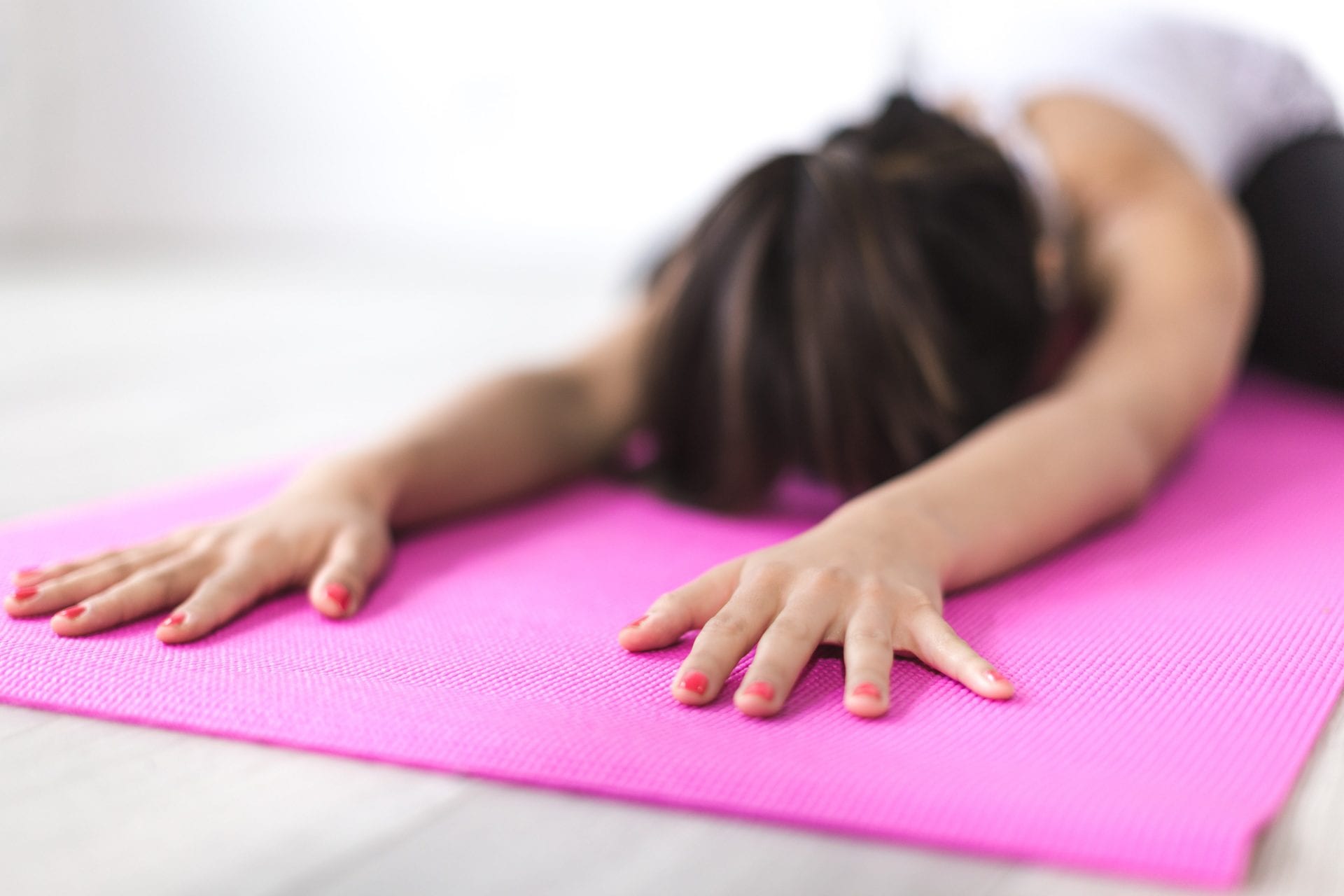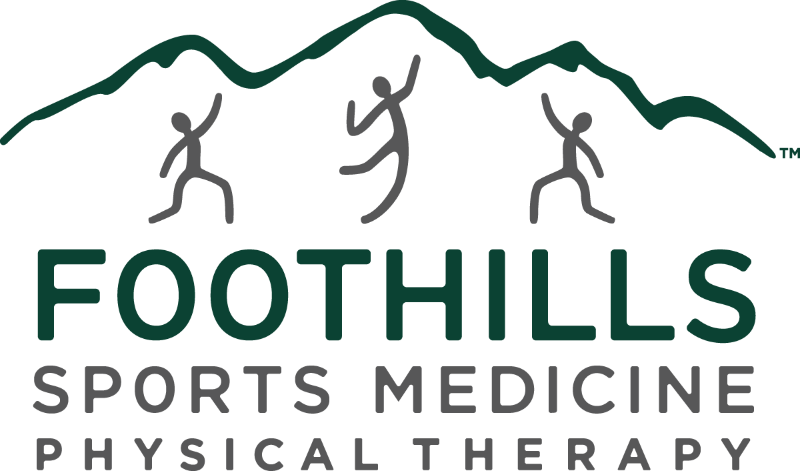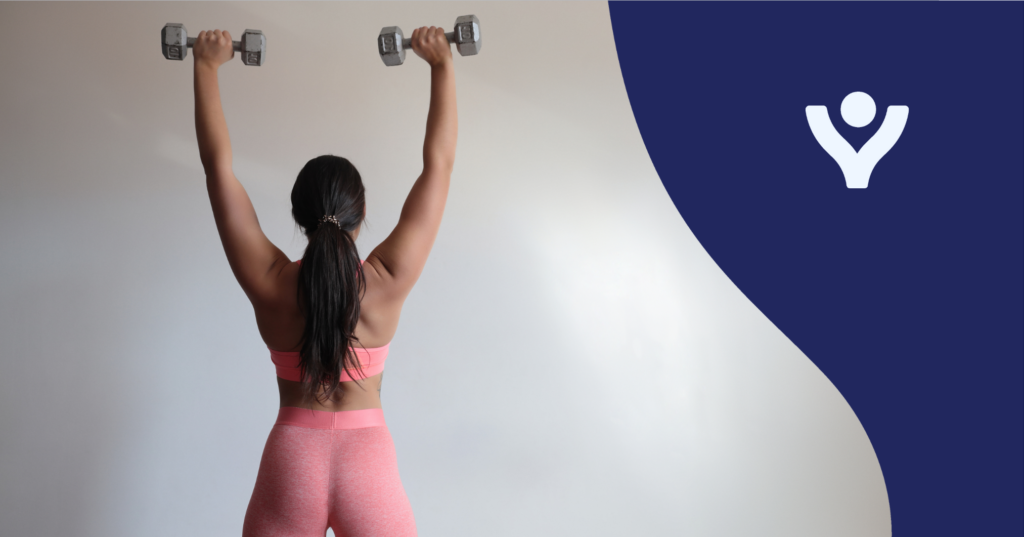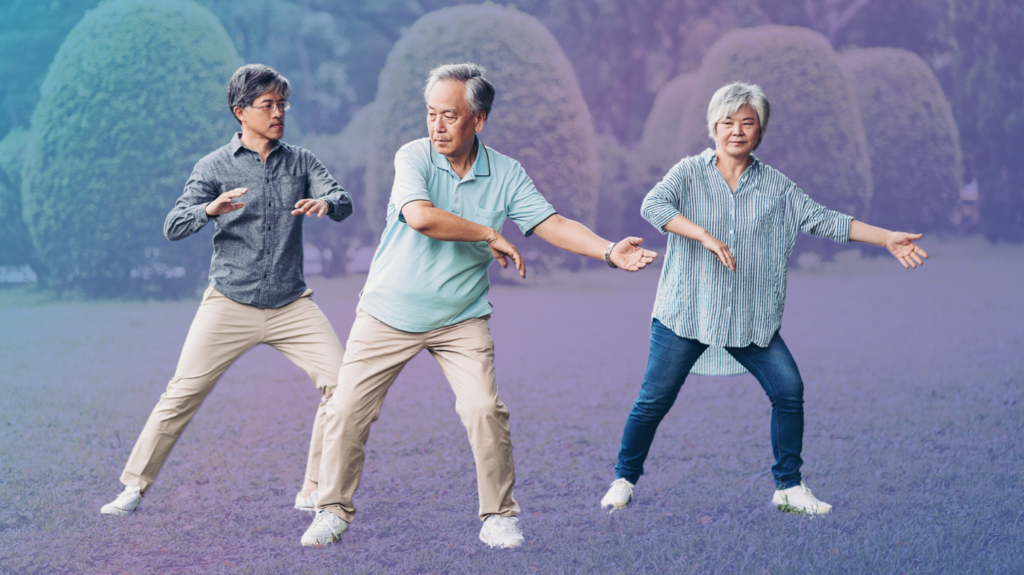In our daily lives, we are constantly trying to find activities that keep us moving and healthy. There are many options, so we tend to migrate toward activities that suit us. For many, — including some of our licensed physical therapists — the answer is yoga.
Yoga is a convenient way to improve mobility and stability. However, many injure themselves while practicing. Often, these injuries occur because the person is pushing himself or herself too much, trying to look like other people in the room, or performing the activity without nurturing a previous injury.
To reduce injuries, you must be self-aware. You should be listening to your body when you’re stretching, when you feel pain, and when your body is telling you that it is working too hard. Until you have learned your body’s cues, the best course of action is to do less; less range of motion, less repetition, less speed.
Self-awareness is the foundation for proper yoga form. Unfortunately, we are not all privy to one-on-one lessons. You may be in a large class and the instructor is unable to watch everyone. Additionally, the instructor may not understand fully how the body works, which will lead to poor cues.
Once you have self-awareness down, keep in mind there are a lot of ways to improve your form and remain injury free. For example, the simple use of a mirror can help you see if you are fully upright, if your limb is cocked in an odd angle, or if you are falling out of form as you perform a pose.
Another way to improve your form is the use of props. There are a number of poses where I need to use a block for support due to poor muscle length. If you are performing these poses without the extra support, the muscle will end up working instead of stretching and the form will never improve. Using a block is an easy way to keep from straining a muscle. Another prop I use often is a blanket; I typically make use of this during the pigeon pose when my hip cannot reach the ground, but you can use it in numerous poses on the ground.
Finally, breathing correctly is a large part of performing poses correctly and remaining injury free. Although many of us giggle as the instructor says when to breathe deeply and they noisily demonstrate the action, it is of utmost importance to use the diaphragm and good rib mobility in order to maintain good trunk control. The diaphragm is an integral part of trunk stabilization and is used often in physical therapy to improve back pain. Rib mobility is important for good posture as well as trunk control. Many times the action of breathing correctly will not only help with yoga poses, but it will also improve your posture while working at the computer – a win-win.
Although yoga helps our bodies move and improves function in day-to-day activities, we must be careful to remain injury free. If you are having trouble with poses or feeling pain, it is a great idea to see a licensed physical therapist to assist with mobility, stability, and self-awareness in order to return to healthy activities. Find a Foothills Sports Medicine location near you to get started!
How to Avoid a Yoga Injury




